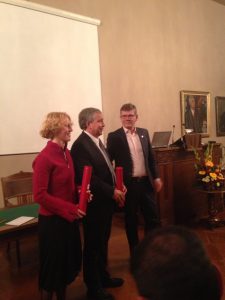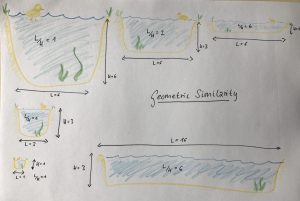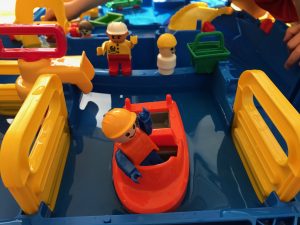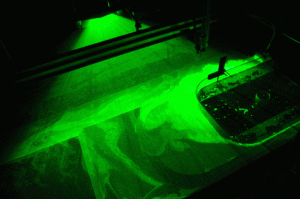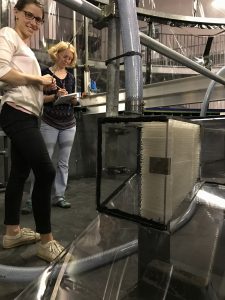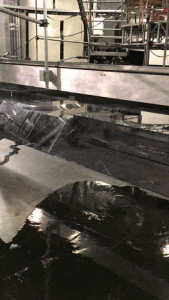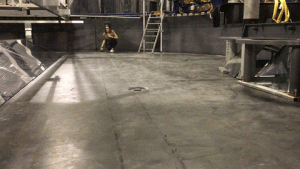
New #WaveWatching series happening over on Elin’s blog: #BergenWaveWatching!
Kjersti, Steffi, Elin and I recently discussed ways to better integrate the GEOF105 student cruise into the course. Right now, even though students write a report about their work on the…
